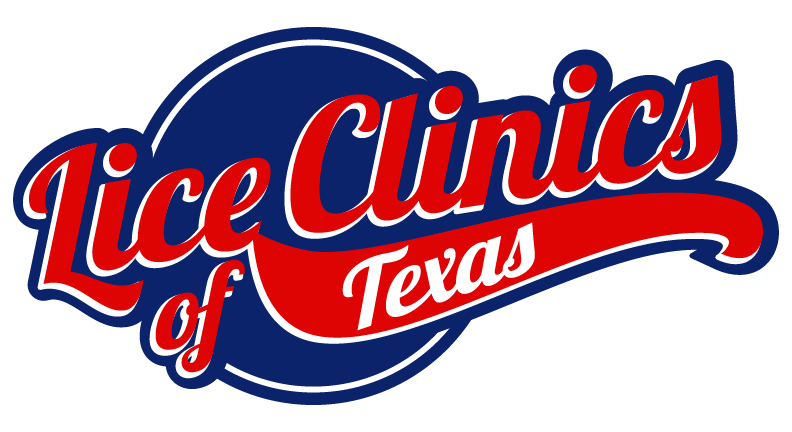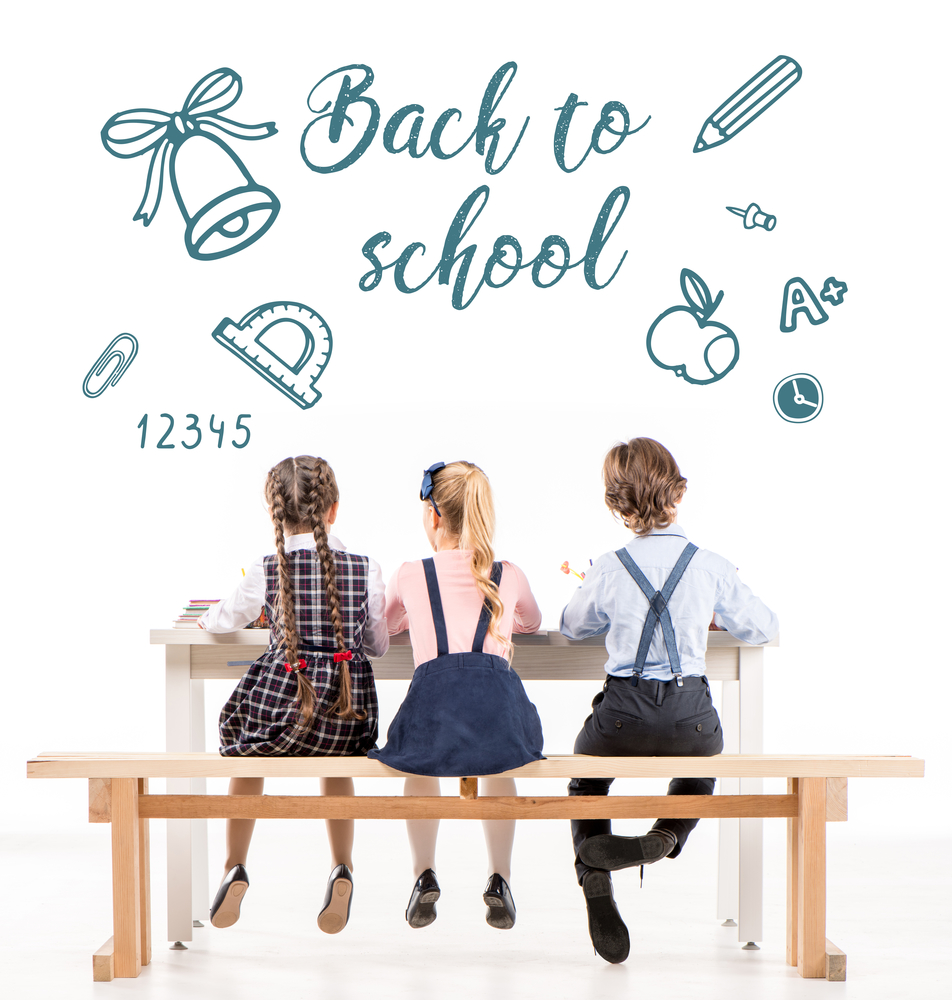It’s that time of year again when kids grab their new backpacks and join their friends for a new school year! As parents send their kids off with a hug and a lunchbox, many are not thinking that this could be the year their child brings home head lice. Yet, every August and September we see a significant increase in the number of head lice cases. Back to school is prime time for head lice, as children are once again around large groups of other children.
What Should Every Parent Be Aware of This Back to School?
-Head lice do not fly or jump. They are passed most often through direct head to head contact. Is your child finding a new buddy to wrestle with at recess, or share a book with on a bean bag? These types of encounters can easily pass on head lice from one child to the next.
-Head lice can survive off of a human host for up to 48 hours. This means that if your child is using a hat, hoodie, helmet, pillow or any item that has traces of head lice they can contract it if it is within that time frame.
-Children between the ages of 3-11 are the most at risk for head lice. Teen and preteens are also showing up in our clinics more often as super lice and social interactions are increasing their risk of infection. Any adults whose children are younger are also more likely to contract head lice.
-Due to the overuse of the active ingredient in most head lice shampoos, super lice are showing immunity to these products. This is causing head lice to be harder to kill and outbreaks to be more prevalent.
-Head lice do not show a preference for clean hair or dirty hair. Personal hygiene does not play a role in who is infected with head lice.
Signs and Symptoms to Be Aware Of
-Note that head lice symptoms can take up to three weeks to manifest after the initial infection.
-The first sign is most commonly redness, irritation, swelling on the scalp and itching.
-Traces of saliva and fecal matter from adult lice cause irritation and rashes on the scalp.
-Night time can be when head lice are more active, or just when your child is more aware of the feelings of crawling and moving on the scalp. This can cause trouble sleeping and discomfort.
-Nits or lice eggs are laid close to the scalp. They are attached to a single hair strand with a sticky substance that makes them difficult to remove. They will not fall off or flake like dandruff.
-Adult lice are difficult to spot as they are quick to move away from direct light. If spotted, they are the size of a sesame seed and light brown in color.
Remember, Lice Clinics of Texas is your local source for questions or concerns about head lice. Need help identifying head lice? We offer head lice checks and can help you evaluate your problem. We also offer in-clinic treatments that guarantee you will leave our office head lice free.

